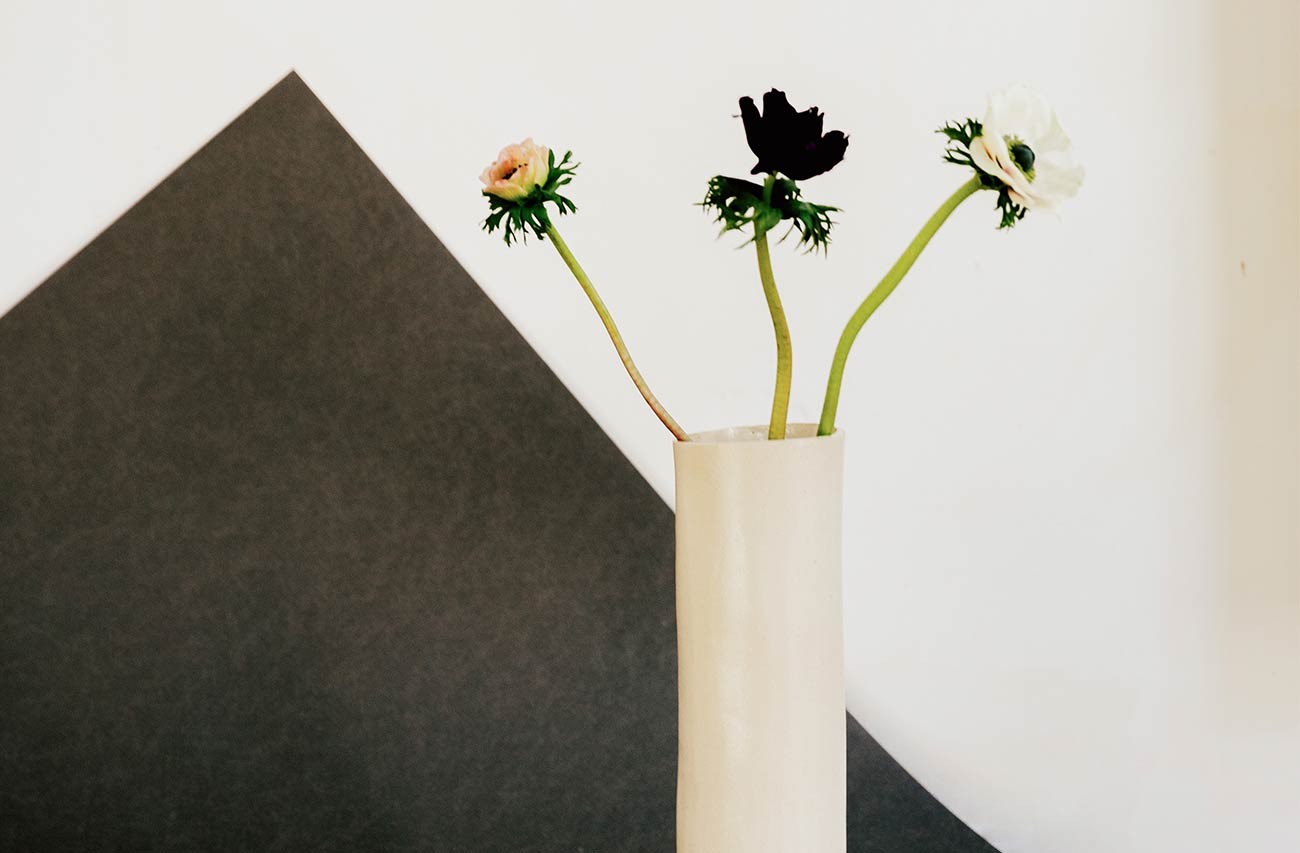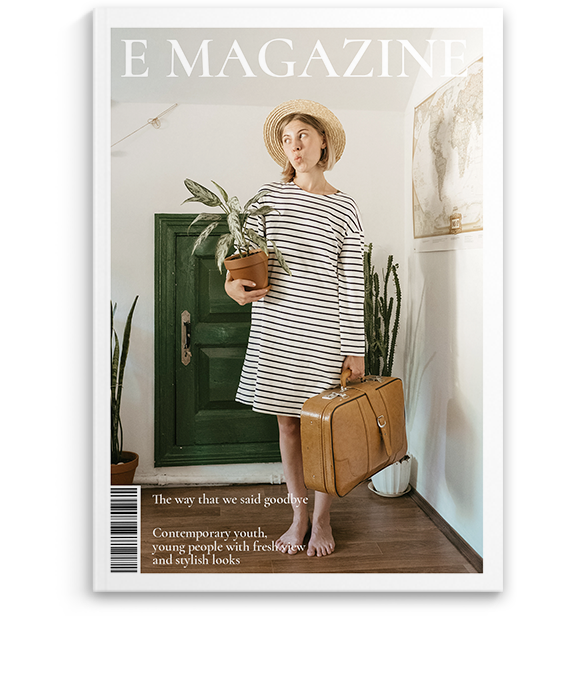
The Evolution of Black Queer Men’s Fashion: A Bold Legacy of Defiance, Art, and Identity
Fashion has always been more than fabric for Black queer men—it’s been armor, expression, protest, and celebration. From Harlem ballrooms to contemporary red carpets, the style evolution of Black queer men charts a powerful story of resilience, creativity, and resistance against rigid binaries of race, gender, and sexuality.
Early Roots: Survival and Subversion
In the early 20th century, spaces for openly queer Black men were limited, but style offered a form of self-determination. In private parties and elite salons during the Harlem Renaissance, fashion became a quiet rebellion. Writers like Richard Bruce Nugent painted vivid images of queer life, while donning bold silks, tailored suits, and extravagant accessories. Fashion historian Darnell-Jamal Lisby explains, “Black queer men learned to speak through style. When society wouldn’t let them be heard, they made sure they were seen.”
Ballroom Culture: Glamour as Resistance
The underground ballroom scene exploded in the 1960s and ’70s, providing a sanctuary for queer Black and Latino communities. These events were spaces of defiance, where fashion categories demanded contestants to embody fantasy, beauty, and “realness.”
Legendary ballroom icon Dorian Corey once said, “You’re not really an executive, but you’re looking like an executive. And therefore, you are showing the straight world that I can be an executive. If I had the opportunity, I could be one, because I can look like one.”
These performances weren’t just entertainment—they were declarations of power. Sequins, leather, and lace became a way to manifest alternate realities in the face of systemic oppression.
The 1980s–90s: Streetwear, AIDS, and Style Politics
In the 1980s, fashion merged with activism during the peak of the AIDS crisis. Designer Willi Smith—one of the first openly gay Black designers—created inclusive, genderless fashion well before it was mainstream.
He once said, “Being Black, being gay, and being a designer was a revolution in itself. I wanted clothes that let people just be.” His brand, WilliWear, was one of the earliest to bring street fashion into the spotlight, democratizing style for all bodies.
Yet, as queer Black influence expanded, the mainstream continued to co-opt without credit. Voguing and ballroom fashion surfaced in pop culture via Madonna and Jean-Paul Gaultier—but few acknowledged its Black queer origins.
2000s: Breaking Into the Industry
As the 21st century unfolded, Black queer stylists and designers began rising in visibility. Names like Law Roach, Jason Bolden, and Telfar Clemens redefined luxury on their terms.
Telfar, creator of the ubiquitous “Bushwick Birkin,” famously declared, “It’s not for you—it’s for everyone.” His brand Telfar not only disrupted the luxury bag market but also made queerness and Blackness central, not secondary.
Stylist Law Roach, known for dressing Zendaya and Celine Dion, has been open about navigating fashion as a queer Black man. “Fashion saved me,” he told The Cut. “It gave me an identity, a purpose, a way to love myself out loud.”
Designers like Shayne Oliver (of Hood By Air) also pushed boundaries. His label fused streetwear with BDSM aesthetics, reconstructing the idea of what “menswear” even means.
2010s–Now: Queer, Black, and Center Stage
The last decade has seen an unapologetic emergence of Black queer fashion icons. Billy Porter turned heads with his 2019 Oscars tuxedo-gown hybrid, telling reporters, “I’m not a drag queen. I’m not a female impersonator. I’m a man in a dress, and if you don’t like it, you can go somewhere else.”
Meanwhile, Lil Nas X’s gender-fluid, rhinestone-drenched looks shocked and delighted audiences. On his flamboyant choices, he said, “Being Black and queer in public already pisses people off. So I figure, might as well do it in pink leather and a corset.”
These artists aren’t just dressing for applause—they’re dressing for liberation.
Style as Legacy and Language
Today, platforms like TikTok and Instagram amplify the voices of everyday Black queer men who are styling thrifted gowns, painted nails, pearl chokers, and stiletto boots into something wholly revolutionary.
As fashion journalist Rashida Renée says, “Black queer style is not a trend. It is tradition. It is survival. It is excellence.”
Their looks are no longer only about assimilation or rebellion—they are about reclamation. Reclaiming femininity. Reclaiming beauty. Reclaiming space.
Final Thread
The evolution of Black queer men’s fashion is more than a style story—it’s a cultural manifesto. From Harlem nights to Met Gala lights, from voguing in basements to walking Paris Fashion Week, Black queer men have reshaped fashion with courage, brilliance, and authenticity.
They are not simply part of fashion history. They are fashion history. And as long as they continue to sashay, strut, and slay, the world will keep watching—and learning.


Leave a Reply